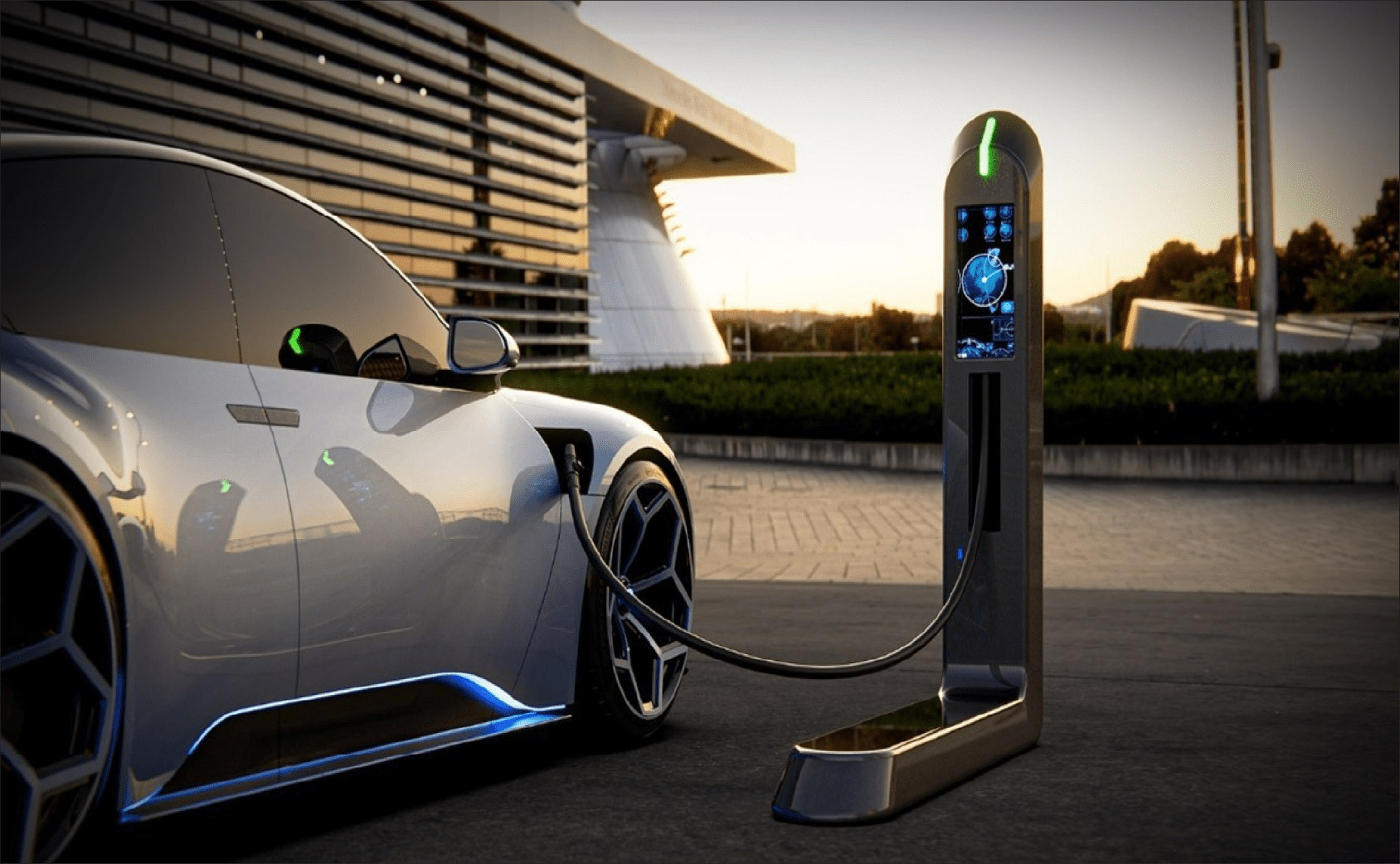How Japan’s Two Wheeler EV Motor Segment Is Quietly Becoming the Next Big Growth Story

Japan’s electric vehicle motor market exhibits a clearly defined distribution across three main segments: passenger vehicles, commercial vehicles, and two-wheelers. Each segment is experiencing growth due to distinct structural forces that collectively bolster the national shift toward electric mobility. The passenger vehicle segment holds the largest market share, driven by a strong consumer preference for clean mobility that is supported by ongoing advancements in charging infrastructure and a wider variety of models offered by both domestic and international automakers. The growth in this segment is also fueled by the increasing availability of compact electric vehicles that align with Japan’s urban living conditions, where road space is limited and efficiency is crucial. Many households are transitioning from older gasoline vehicles to electric alternatives, benefiting from reduced maintenance needs and more favorable long-term ownership costs. Innovations in battery technology, enhanced regenerative braking systems, and motors with improved thermal control contribute to smoother operations, thereby increasing confidence among first-time electric vehicle buyers. Corporate fleets significantly influence this market as companies continue to introduce electric sedans and hatchbacks to meet sustainability goals and decrease dependency on fossil fuels, further elevating the importance of the passenger vehicle segment in Japan's electric vehicle motor market.
| Application | Estimated Market Share Percent |
| Passenger vehicles | 64 |
| Commercial vehicles | 22 |
| Two wheelers | 14 |
The commercial vehicle segment ranks second, progressively gaining significance as electrification accelerates across logistics, public transport, and industrial mobility. Delivery companies are transitioning to electric vans in response to rising fuel costs and stringent emission regulations in urban areas. There is a growing demand for motors that provide consistent high torque, extended operational endurance, and efficient heat dissipation, as commercial electric fleets typically encounter more rigorous duty cycles than passenger vehicles. Retail distribution networks are also electrifying last-mile operations to improve sustainability metrics, making motor reliability and load capacity critical factors in purchasing decisions. Public transportation authorities are adopting electric buses in select prefectures to mitigate pollution in densely populated areas, which further stimulates the demand for heavy-duty motor systems optimized for frequent, daily use. These trends compel manufacturers to enhance motor materials, refine coil design, adopt advanced magnet configurations, and improve durability under peak loads. As logistics digitalization evolves and real-time fleet management practices become commonplace, the adoption of commercial electric vehicles is anticipated to rise, thus expanding their impact on the overall requirements for electric motors in the country.
The two-wheeler segment, while smaller, is rapidly growing due to increasing micro-mobility needs in urban environments. Electric scooters and motorcycles are becoming popular among younger commuters who value convenience, maneuverability, and cost-effectiveness. The motor technologies designed for this category focus on compactness, rapid acceleration, energy efficiency, and minimal vibration, making them ideal for navigating narrow and congested city streets. Shared mobility services and food delivery businesses are increasingly opting for electric two-wheelers, as they not only lower fuel costs but also align with evolving sustainability mandates from local governments. The ongoing expansion of dedicated charging stations for two-wheelers and improved battery-swapping networks are facilitating smoother adoption. Manufacturers are increasingly producing lightweight motor assemblies with optimized rotor and stator designs to enhance vehicle range and responsiveness while minimizing energy loss. The future of this segment is further strengthened by the growing trend of subscription-based vehicle access models, which reduce barriers to ownership.
In summary, these three application segments collectively illustrate how various mobility needs converge to shape the trajectory of the electric vehicle motor market in Japan. Passenger vehicles are driving widespread adoption and mainstream acceptance, commercial fleets are promoting decarbonization in freight and public transit, and two-wheelers are broadening the scope of electrification through practical solutions for urban mobility.